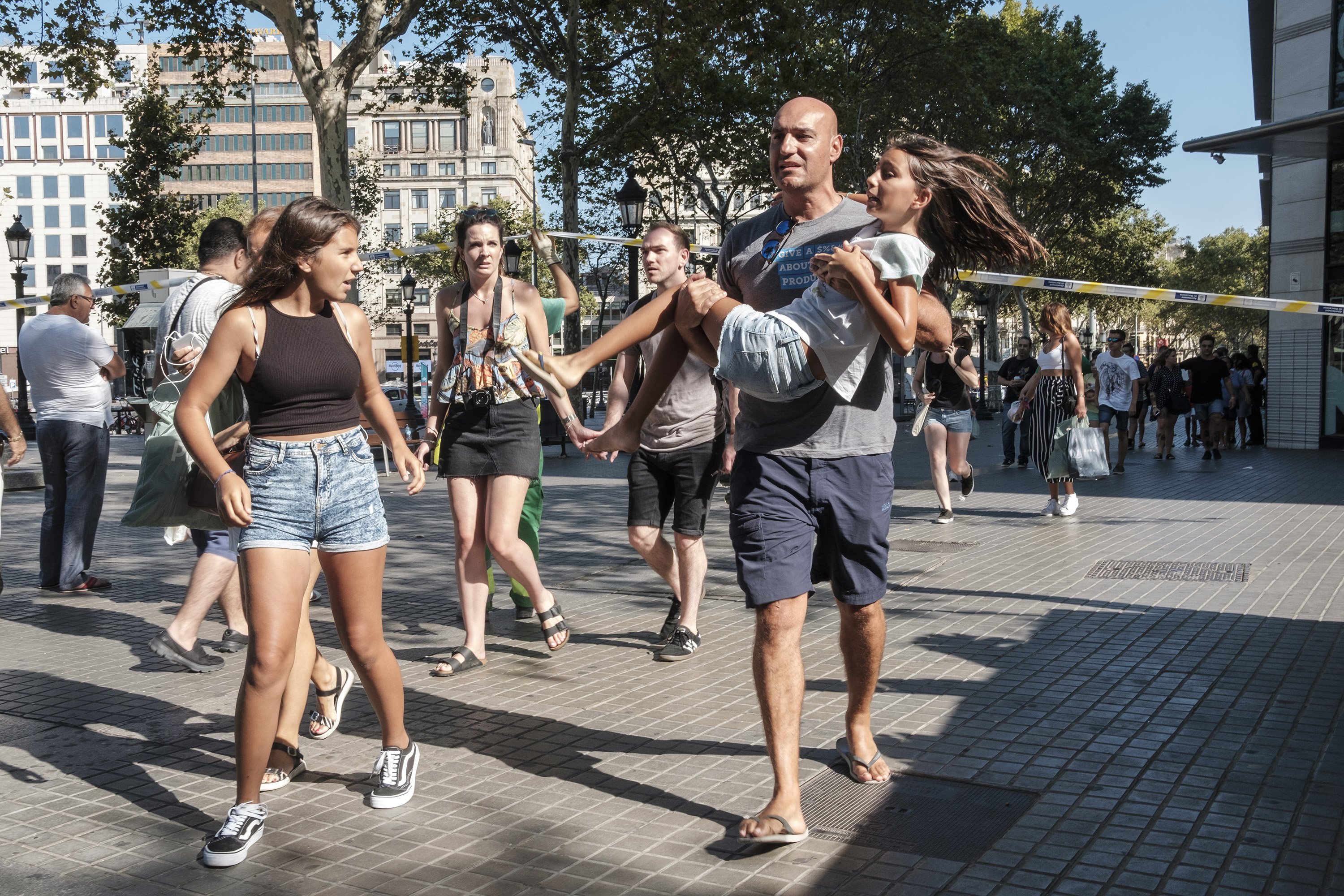On a summer afternoon three years ago, a lone Islamist terrorist made a terrible, murderous drive down Barcelona's crowded Rambla. That same night, a group of his colleagues carried out another deadly attack in the Catalan town of Cambrils. A total of 16 innocent people were killed and 140 were injured. The trial for the attacks of August 17th, 2017 in Barcelona and Cambrils begins this Tuesday in Spain's National Audience court. The three defendants - the only ones still alive - face sentences of between 8 and 41 years for their connection to the terrorist cell.
When the presiding judge calls the court to order on Tuesday it will be the start of a case full of unknowns, most of which are not expected to be clarified over the period of almost two months that the trial will last. At the investigation stage of the case, there was a total refusal to investigate the links between the terror group's mastermind, Abdelbaki És Satty, the imam from the town of Ripoll, and his relationship with the Spain's intelligence service, the CNI, despite repeated requests from relatives. Among the many questions is why no one detected the terror cell or its intentions. There is nothing to suggest that the trial will shed any light on all the questions that have hung in the air for the last three years since that day of deadly attacks which arrived just as the crucial lead-up to the Catalan independence referendum was beginning. The threats that arose months earlier about a hypothetical attack on the Sagrada Família temple or other tourist targets, and the alerts that were made public and how they were managed, as well as the lack of information that reached the Catalan police, the Mossos d'Esquadra, constitute yet more indigestable ingredients in the trial, which seem unlikely to be clarified.
The trial begins on Tuesday; it is scheduled to end in mid-December. It has been structured into four-day weeks, with court sessions from Monday to Thursday. The trial will begin with lawyers' and prosecutors' preliminary questions, then the statements of the defendants and the first two witnesses for the prosecution, two police officers. The victims will begin to testify on Thursday, including Javier Martínez, from the town of Rubí, father of the three-year-old boy who died on the Rambla.
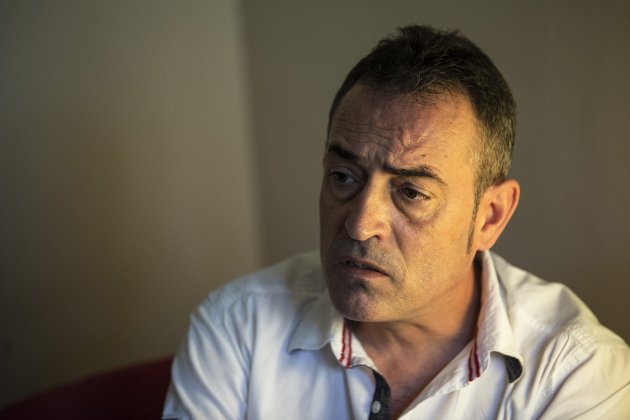
Javier Martínez in an image from an interview with ElNacional.cat - Sergi Alcàzar
From December 1st on, experts from all parties represented in court will begin to testify to assess the evidence. Final conclusions from prosecutions and defence are expected some time after December 16th, depending on how the whole calendar evolves. It is expected that the trial will be sent to the judges for their verdicts before Christmas.
The defendants
Only three people who were allegedly part of the terror cell have survived: six of the terrorists were shot dead by the Mossos d'Esquadra, while two members of the group died in the bomb-factory explosion in the southern Catalonia locality of Alcanar, which took place just hours before the attacks and forced the terrorists to improvise the Barcelona and Cambrils actions, as their original plans had literally been blown sky-high.
The three who will sit in the dock are Mohamed Houli Chemlal, a survivor of the explosion in the Alcanar villa; Driss Oukabir, who allegedly rented the van used for the Rambla attack; and Said Ben Iazza, who according to the allegations lent his ID documents and his refrigerated van to the group to buy and transport materials for making explosives.
For the first two, the prosecutors are demanding 41 and 36 years in prison respectively, for offences of membership of a terrorist organization, manufacture, possession and deposit of explosive substances; and conspiracy to commit the crime of terrorist destruction. And for the third, eight years in prison, for collaborating with the cell.
They will not be tried for murder because none of them have been prosecuted as responsible for the deaths and injuries, but the court has left the door open for the prosecutions to raise this in their briefs. As is possible under Spanish law, there are additional prosecutions being conducted as well as that of the public prosecutors. The Association of Victims of Terrorism (AVT) and the 11th March Association for those Affected by Terrorism are calling for life imprisonment for Oukabir and Houli Chemlal for 15 alleged offences of terrorist murder. For Ben Iazaa, they demand between 25 and 30 years in prison.
There is also a prosecution presented by the Cambrils municipal council, which is asking for life imprisonment for Oukabir and Houli Chemlal; while the Barcelona city council and the Catalan government demand prison sentences for these two of from 44 to 95 years, falling to 8 years for Ben Iazza, for collaboration with a terrorist organization.
The imam of Ripoll
The prosecution's provisional indictment states that the defendants - who have been in pretrial jail since they were arrested three years ago - were in the "circle" of the Ripoll imam Abdelbaki es Satty, who had died a day earlier in the explosion at the Alcanar house, while preparing explosives to mount an even deadlier attack in Barcelona.
The indictment asserts that the defendant Mohammad Houli Chemlal, who was injured in the Alcanar explosion, and for whom the most severe sentences are sought, for crimes of belonging to a terrorist organization, for the possession, deposit and manufacture of explosives, and for conspiracy to carry out terrorist destruction, "was part of a locally-based criminal cell which followed the postulates of the Islamic State terrorist organization, and was brought together by the figure of the deceased imam, who was from the 'El Fath' and 'Annour' communities", in the town of Ripoll, in Girona province.
Photo taken during a search of the imam's home - ACN
The court document adds that Chemlal "maintained" a "good friendship" with the imam and that he began to "show interest in Islam and also attended the mosque regularly." This relationship, it is alleged, began through the “big brothers” members of the terrorist cell. The "big brother" label was literal: although all of those in the group were young men, Moroccan-born and Catalonia-raised, there were two slightly different age groups involved.
First were the older ones, Youssef Aalla, Younes Abouyaaqoub and Mohamed Hichamy, aged in their early twenties, who allegedly were "indoctrinated in radical jihadism" by Es Satty at his home in Ripoll, "justifying the use of extreme violence in the name of Islam, conveying this fanatical ideology to the rest of the members", the prosecutor asserts. Subsequently, "they attracted the younger ones to the criminal group," Omar Hichamy, Mohammad Houli Chemlal, Said Aalla, Moussa Oukabir and Houssaine Abouyaaqoub - who were still teenagers, and three of them were younger brothers of the first trio.
The possible targets
"At the end of May 2017, coinciding with Ramadan, the older members of the group called the rest of them to a meeting in a park in Ripoll, where they were informed that they would need their help to destroy the Sagrada Família and other emblematic locations in Barcelona with explosives that they were going to make themselves", the prosecutors' report details.
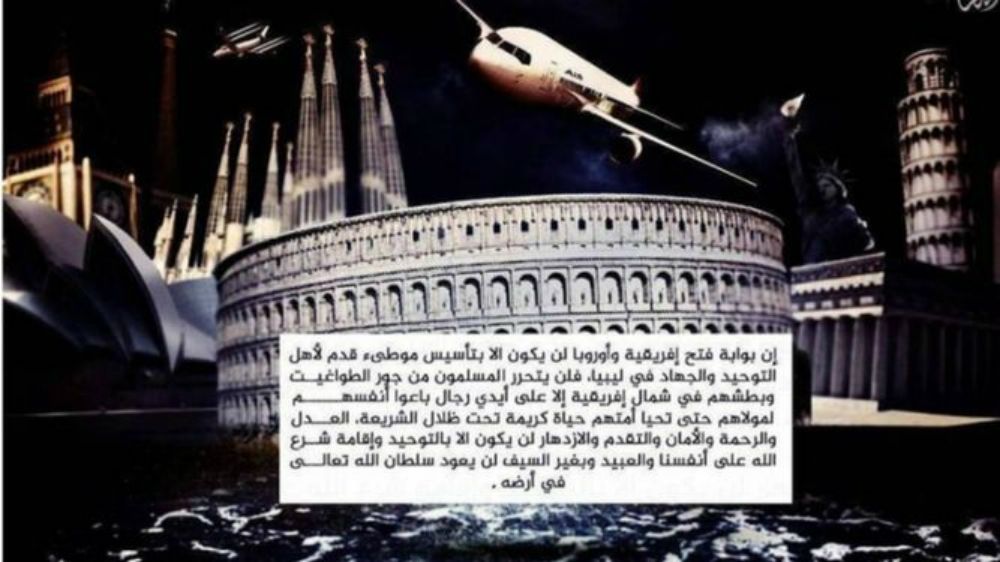
Image from a video allegedly sourced to Islamic State in 2016, in which Barcelona's Sagrada Família appeared as a possible terrorism objective.
In Oukabir's case, the public prosecutor is demanding 36 years' jail for the same offences as Houli Chemlal, justifying the sentences with the assertion that the former was "fully settled" in the terrorist cell of which he became part "in mid-2017." The indictment asserts that Driss Oukabir had become "isolated from his usual environment and was willing to achieve his ends," as evidenced by his involvement in the "transfer of explosive substances" from the imam's home to Alcanar and with the van rental.
The third of the defendants, Ben Iazza, faces the lowest sentence demands: eight years for collaborating with the cell, to lend Younes Abouyaqoub a van that was owned by his uncle, which he used in his food business, "knowing that it would be used for the acquisition and transportation of chemicals."
The prosecution's indictment also states that he provided his personal ID, to conceal the true identity of the buyer of the chemicals, "in order to assist them in achieving their goals of obtaining the necessary precursors for the manufacture of explosive substances".
The alleged actions
A few minutes before 5pm on the afternoon on August 17th, 2017, Younes Abouyaaqoub entered the Rambla "at high speed" behind the wheel of a rented van, with which he zigzagged "running over people who were strolling" along the famous boulevard. Among the documents found in the vehicle were Houli Chemlal’s passport and the van rental contract, in Oukabir’s name.
All this is stated in the indictment by the public prosecutors, which expounds that at around 1am that night, having bought knives and an axe and having made fake explosive belts, five members of the terror cell arrived on the waterfront promenade of Cambrils "running over pedestrians" and "assaulting people who were in their path."
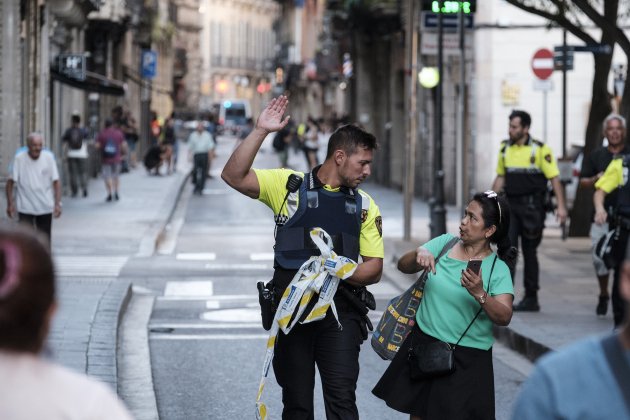
Moments after the attack in the Rambla - Sergi Alcazar
All five were shot dead by the Mossos in Cambrils, and then the Rambla terrorist driver Abouyaaqoub was also shot on August 21st in the Penedès district, south-west of Barcelona. Not including the terrorists, a total of 16 people were killed in the attacks and 140 were injured. The prosecution document explains how the cell formed around the Ripoll imam Abdelbaki es Satty, who died in the Alcanar explosion alongside another group member, and who allegedly indoctrinated the group of young people all of North African origin, some who were brothers or who had known each other since childhood.
Three months before the attack, then, the cell had begun buying material to make explosives, and it was in late May, coinciding with Ramadan, that three of them called the other five, including Houli Chemlal, to the meeting in a Ripoll park and informed them of the murderous plans for which "they needed the help of the others".
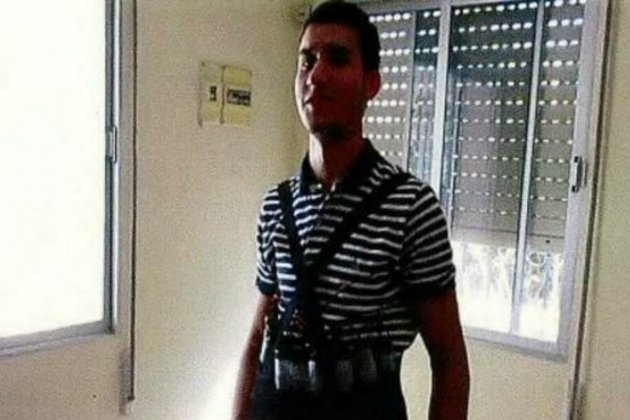
The terrorist who drove the Rambla van, Younes Abouyaaqoub, in an image included in the indictment document.
To attack the Sagrada Família and other emblematic locations, the prosecutor adds, "it was proposed to use rented vans loaded with explosives along with butane cylinders, to achieve a more powerful shock wave, as well as tube bombs filled with shrapnel, grenades, and suicide vests." At around the same time, Es Satty made internet searches on the Manchester bombing of May 2017 and on "beginner courses in how to make explosives".
The prosecutors report other internet research which was carried out on "possible objectives" such as reservoirs, the Alhambra in Granada, the Tomatina de Bunyol festival in Valencia and the National Audience court; searches were also made on explosive precursors, especially acetone peroxide, the so-called "Mother of Satan"; as well as football matches such as Barça-Manchester United on July 27th, and the Spanish Super Cup between Barcelona and Real Madrid.
On August 14th, according to the indictment, most of the group, including Houli Chemlal, went to the Alcanar villa, where some began work on the manufacture of explosive substances, following the directions of Es Satty. On August 16th, the house exploded and a day later the attacks on Barcelona and Cambrils were perpetrated, which were subsequently claimed by the Islamic State jihadist organization.

